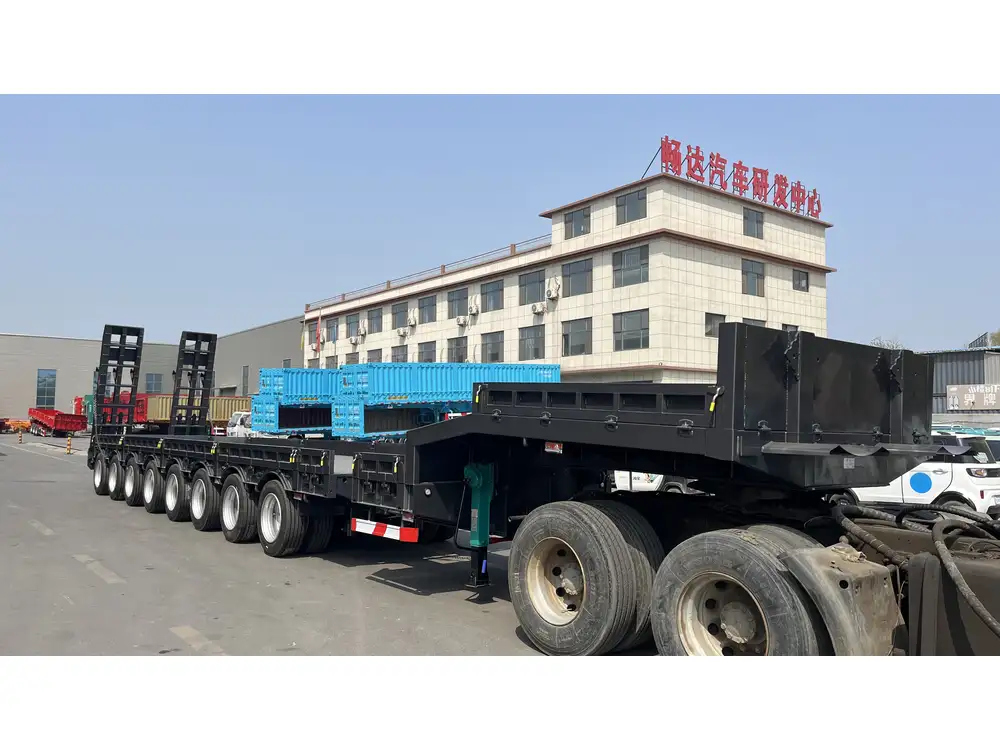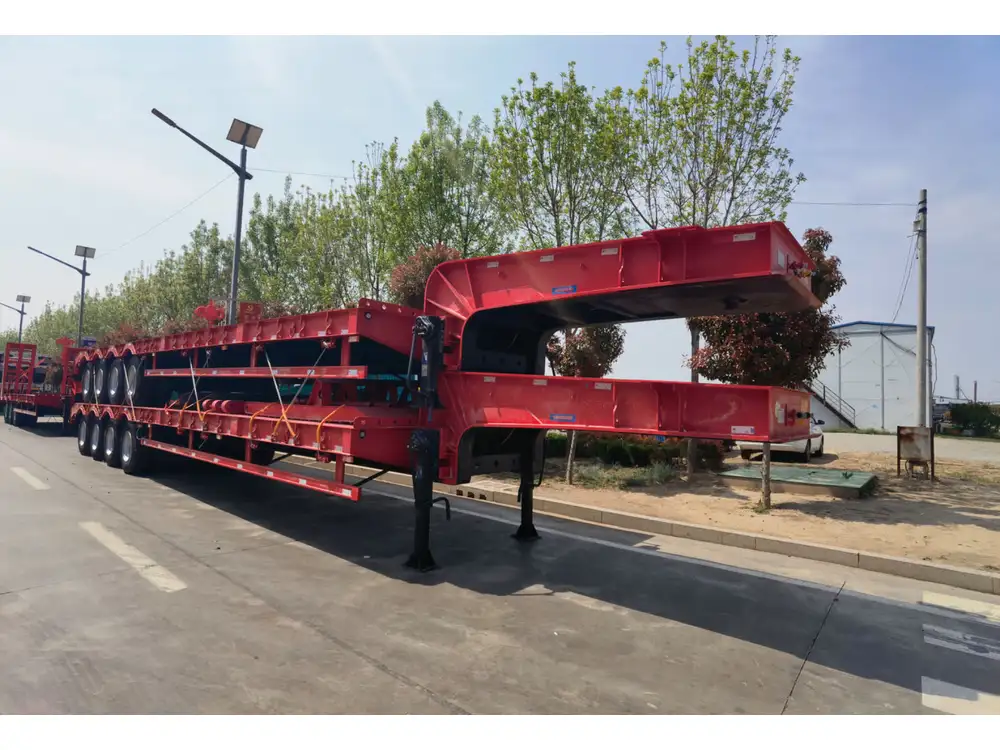When considering the expansive world of logistics and transport, one curious question often arises: “How many footballs would fit in a semi-trailer?” This seemingly straightforward query encapsulates a plethora of mathematical, spatial, and logistical considerations. This article aims to dismantle this conundrum, providing in-depth analysis and insights into the fitting of objects—specifically footballs—within a standard semi-trailer.
Understanding the Dimensions: Semi-Trailers versus Footballs
Dimensions of a Standard Semi-Trailer
A typical semi-trailer used for freight transport in North America generally has the following dimensions:
- Length: Approximately 53 feet (16.15 meters)
- Width: About 8.5 feet (2.59 meters)
- Height: Roughly 13.5 feet (4.1 meters)
| Dimension | Measurement |
|---|---|
| Length | 53 feet (16.15 m) |
| Width | 8.5 feet (2.59 m) |
| Height | 13.5 feet (4.1 m) |

Football Dimensions
A standard American football has dimensions defined by the NFL, with a measurement of:
- Length: Approximately 11 inches (0.28 meters)
- Width: About 22 inches (0.56 meters) at the widest point, accounting for its oblong shape.
| Attribute | Measurement |
|---|---|
| Length | 11 inches (0.28 m) |
| Width | 22 inches (0.56 m) |
Calculating Volume
To deduce how many footballs might fit in a semi-trailer, we first need to calculate the volumes of both the trailer and the football.
Volume Calculation
Semi-Trailer Volume: Using the formula for the volume of a rectangular prism (Volume = Length × Width × Height):
- Convert dimensions to feet:
- Length = 53 ft
- Width = 8.5 ft
- Height = 13.5 ft
- Volume of Trailer: [ 53 \text{ ft} \times 8.5 \text{ ft} \times 13.5 \text{ ft} = 6,063.75 \text{ ft}^3 ]
- Convert dimensions to feet:
Football Volume: The volume of a prolate spheroid can be found with the formula: [ V = \frac{4}{3}\pi \left(\frac{a}{2}\right)\left(\frac{b}{2}\right)^2 ] Here, ( a ) and ( b ) are the lengths of the axes. For a football, let’s estimate:
- Approximate average radius is around 4 inches (0.33 ft).
- Using these dimensions: [ V \approx \frac{4}{3} \pi (0.28/2)(0.56/2)^2 \approx 0.058 \text{ ft}^3 ]

Estimating Capacity
To find the number of footballs that can fit in one semi-trailer:
[ \text{Number of Footballs} = \frac{\text{Volume of Trailer}}{\text{Volume of Football}} = \frac{6,063.75 \text{ ft}^3}{0.058 \text{ ft}^3} \approx 104,000 ]It is noteworthy that this calculation is purely theoretical. Real-world constraints, such as packaging, arrangement, and structural supports of the trailer, would influence this number.
Practical Applications of Space Calculation
Logistics and Distribution
Understanding how many items (in this case, footballs) fit into a semi-trailer is crucial for logistics companies and manufacturers. It aids in:
- Cost Efficiency: Maximizing load capacity directly translates to reduced shipping costs.
- Planning: Organizes loading processes to ensure items are packed safely and securely.
- Resource Allocation: Helps determine the number of trailers required for bulk orders.

Event Management
For sporting events, such as the Super Bowl or World Cup, the ability to estimate how many footballs can fit in a trailer is instrumental for vendors and merchandising teams in preparing for large scale events, ensuring that sufficient merchandise is available without overstocking.
Exploring Related Queries
Variability in Football Sizes
While standard American footballs are well defined, variations can exist. Indoor leagues, special events, or custom designs all contribute to size variations. It is crucial to consider these differences when making practical loading assessments.

Different Semi-Trailer Sizes
Not all trailers are created equal. Custom trailers, those designed for specialty freight, may have unique dimensions. For instance:
- Reefers (refrigerated trailers) can affect capacity.
- Flatbeds might measure differently, affecting volume estimates.
Here is a comparison of different trailer types and their typical dimensions:
| Type | Length (ft) | Width (ft) | Height (ft) | Volume (ft³) |
|---|---|---|---|---|
| Standard Semi | 53 | 8.5 | 13.5 | 6,063.75 |
| Reefer | 53 | 8.5 | 13.5 | ~6,063.75 (with insulation) |
| Flatbed | 48 | 8.5 | Variable | 4,080 – 5,000 (varies) |
The Importance of Load Distribution
When loading items like footballs into a semi-trailer, consideration must be given to load distribution. Uneven weight can lead to safety hazards during transport. Key considerations include:
- Center of Gravity: Maintaining a safe center of gravity minimizes rollover risk.
- Weight Limits: Adhering to weight restrictions is paramount for compliance with transportation regulations.
Conclusion: Beyond the Numbers
This exploration of how many footballs can fit in a semi-trailer illustrates not only a numerical curiosity but a broader issue surrounding logistics, capacity planning, and safety. The calculated estimate of approximately 104,000 footballs serves more than just a theoretical exercise. It underscores essential practices in transportation, helping manufacturers and logistic companies maximize their efficiency.
As we finalize this engaging analysis, it’s vital to look beyond the calculations and understand the implications of such data in the real world—whether regarding transport logistics, event preparations, or even educational contexts. A meticulous approach to understanding capacities fosters better decision-making processes across multiple industries.



